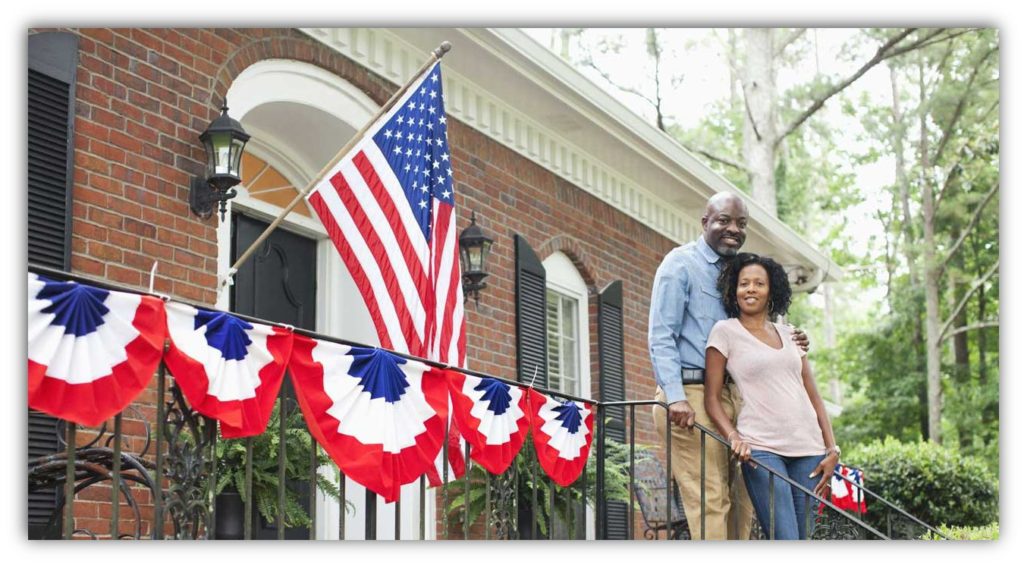
Image via City Journal
High housing costs are big news. But while a lot of the focus is on the ability of white, educated Millennials to find housing, black Americans, who have lower incomes and fewer assets than the American average can be hit even harder.
My latest piece in City Journal, “Black Residents Matter,” looks at black population trends in America’s cities. Perhaps unsurprisingly, what attracts blacks is similar to what attracts whites: reasonable housing prices; robust, full spectrum economies; and warm weather.
In particular, West Coast cities with very high housing costs are seeing black populations decline regionally, or at least seeing black populations pushed more to the periphery. Northeastern and Midwestern cities do well to the extent that their economies are thriving. And major Southern cities are booming for blacks, just as they are for whites.
The bottom line is that the equity problem is not going to be solved until the housing affordability problem is solved.
Here’s are excerpts:
The somewhat unlikely champion for northern black population growth is Minneapolis–St. Paul. Though its black population makes up a much smaller proportion than many of its Midwestern peers—at only 8 percent in the region and 19.5 percent in the city—Minneapolis’s black population has grown at a strong rate. Since 2010, the black population in the city has grown by 15,000 people, or 23 percent. The region added 30,400 black residents, growing by 12.1 percent. Part of the Minneapolis story (and that of Columbus as well) involves an influx of Somali immigrants—the metropolitan area has more Somalis than anywhere else in the United States. But immigration doesn’t explain everything. Minneapolis is also the third-leading destination for blacks leaving Chicago (behind Atlanta and Davenport, Iowa). About 1,000 black Chicagoans make the move north every year.
Obviously, many blacks like what they see in places like Minneapolis, Indianapolis, and Columbus. One key is a development environment that keeps housing affordable. This is dramatically clear in Minneapolis, a liberal, historically white city often likened to western cities like Seattle and Denver. But being more housing-development-friendly, and also perhaps in part because of its famously brutal winters, Minneapolis is much more affordable than those cities, with a home-price median multiple of only 3.2. Similarly, in Columbus (with a median multiple of 2.9) and Indianapolis (also 2.9), black families can afford the American dream. When cities get the basics (planning policy, job growth, and reasonable taxation levels) right, even tough winters are no obstacle to a growing population—of whites and blacks.
…
These regional trends reveal two basic patterns. First, like whites, blacks are attracted by strong, broad-based economies. Pro-growth polices that allow workaday, not just elite, businesses to flourish are foundational to inclusive success. Second, with lower household incomes, black families are vulnerable to high housing costs. A few high-cost cities attract black residents; but for the most part, blacks are flocking to cities that are not only economically vibrant but generally affordable. Even strong urban economies can’t keep blacks from being displaced from cities, such as many on the West Coast, where housing costs remain stratospheric.
Click through to read the whole thing.
If you’re interested in more data, this Joel Kotkin/Center for Opportunity Urbanism study on the best cities for minorities contains a lot of metro area level statistics on not just blacks, but also other minority groups.
from Aaron M. Renn
http://www.urbanophile.com/2016/05/01/how-high-housing-costs-price-black-residents-out/
No comments:
Post a Comment